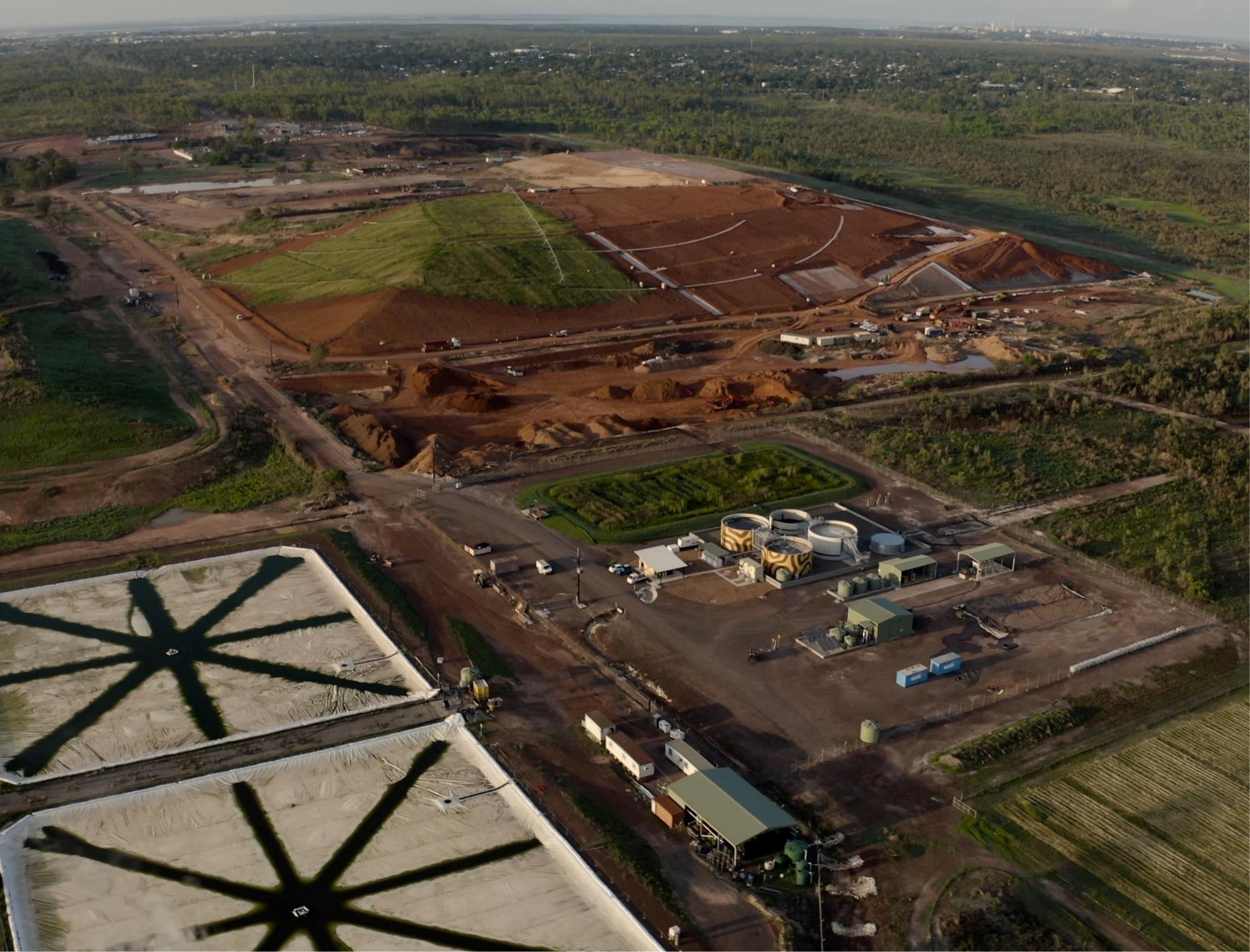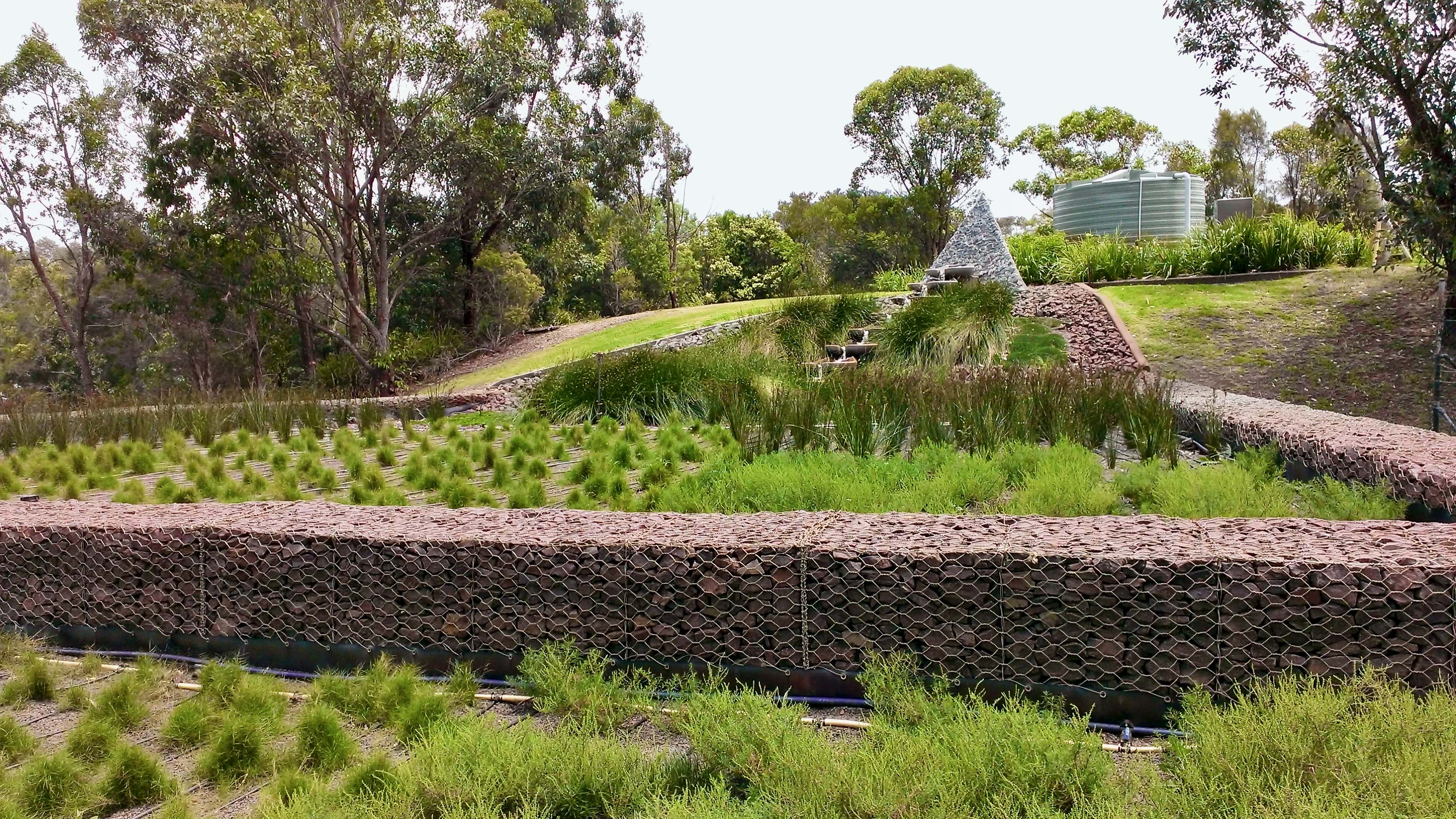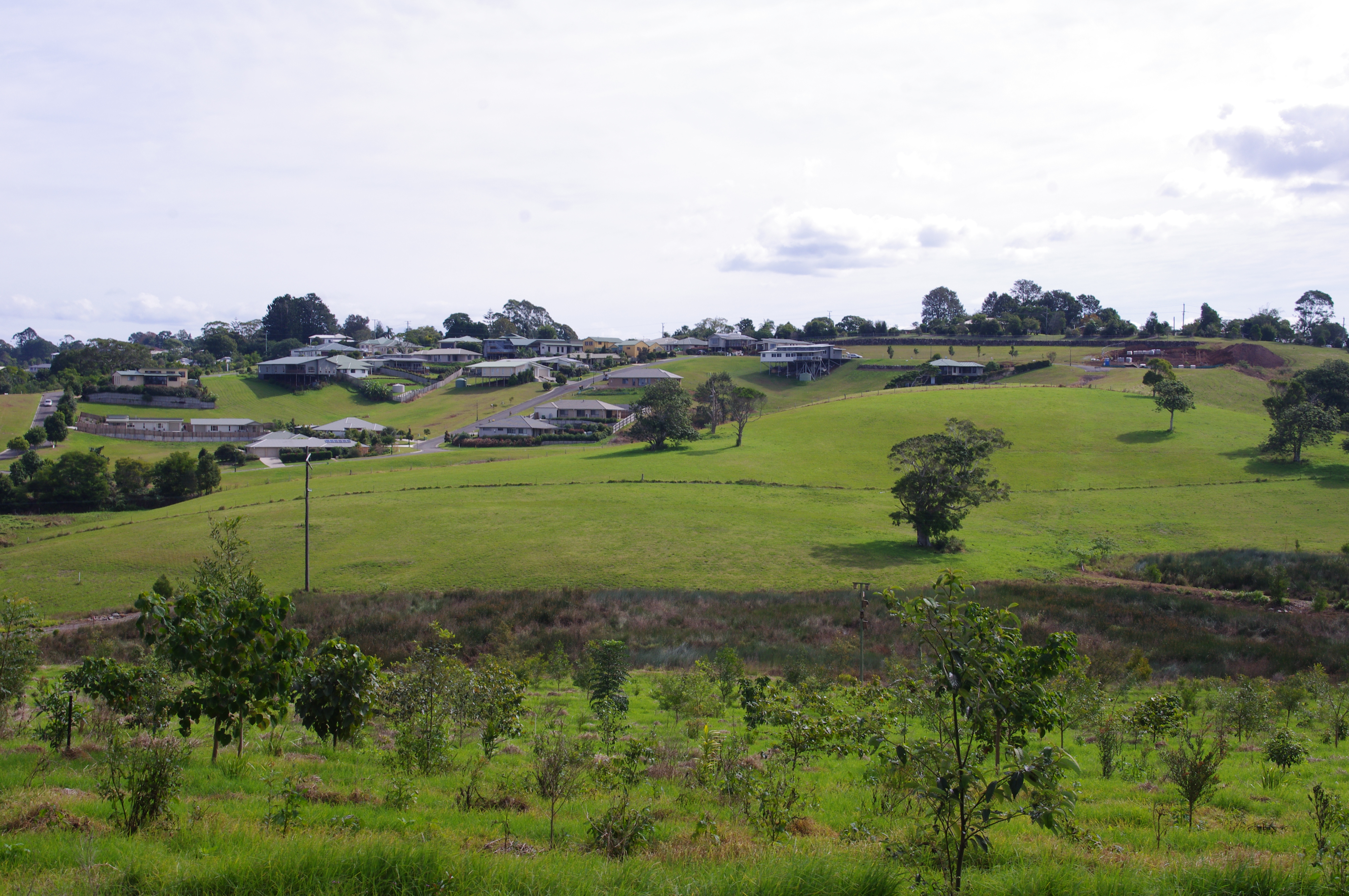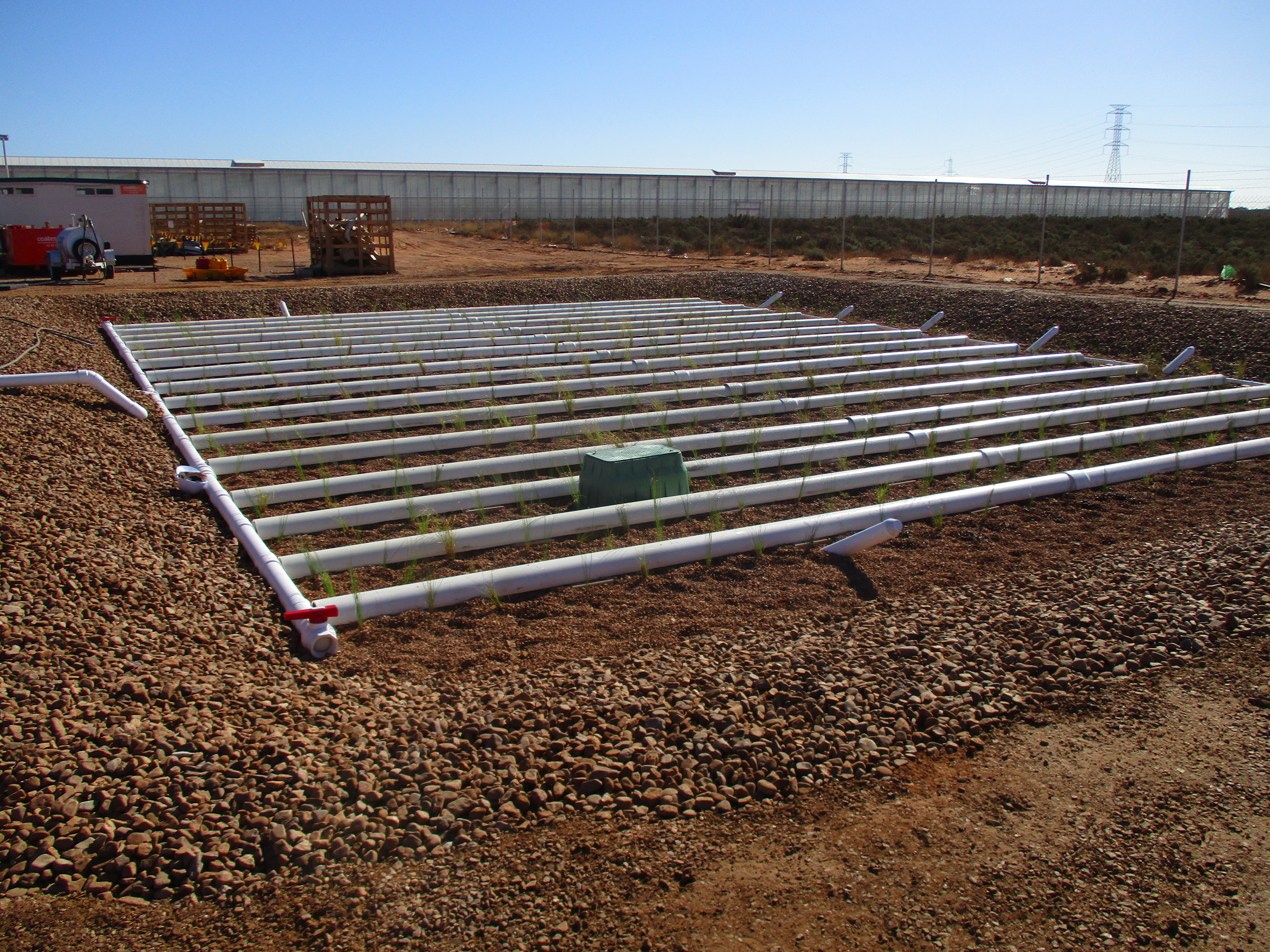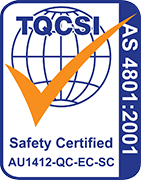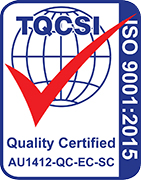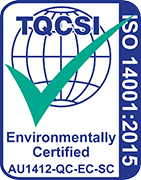Engineering the New Era
We are a leading wastewater treatment technology developer & integrator servicing clients globally.
Proprietary expertise in PFAS remediation, biological solutions, media & membrane filtration and natural capital.
We provide treatment solutions for landfill leachate, municipal wastewater, contaminated water and industrial wastewater.

We have delivered an estimated $226M in co-benefits since inception.
WCG Projects co-benefits
15495
165044
(TCO2e)Carbon sequestered
21029
(MWh)Energy avoided
667
(Ha)Biodiversity created
$23
(M)Dollars saved

Since 2007, we have been pushing the boundaries to create a healthier and more sustainable world through integrating nature with infrastructure.
Make a lasting impact.
Talk to us about your project today!


Media and recent projects






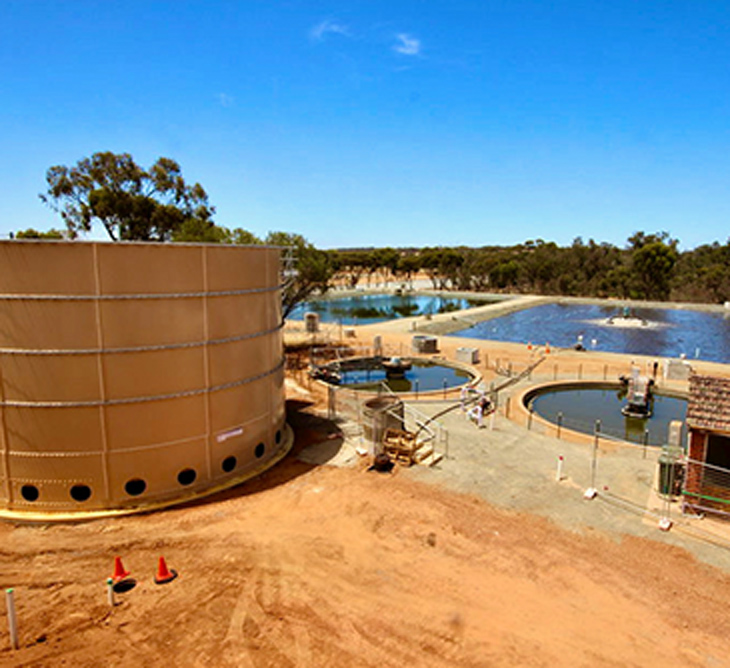



.jpg)

